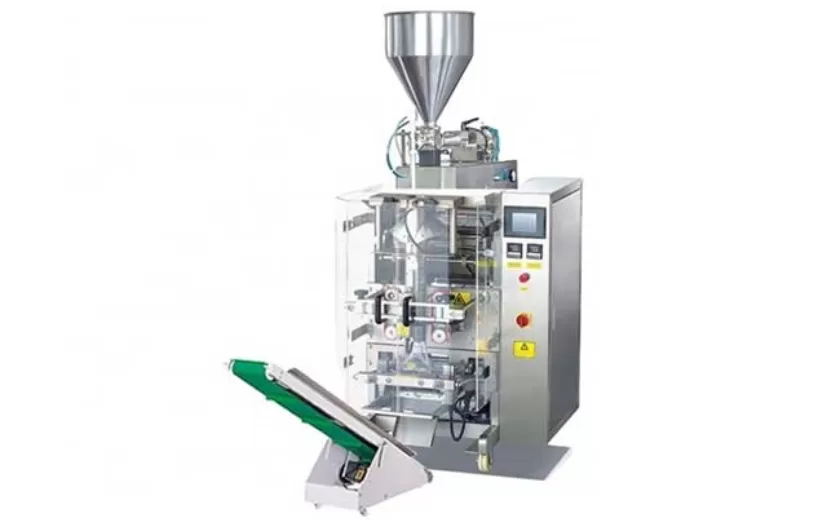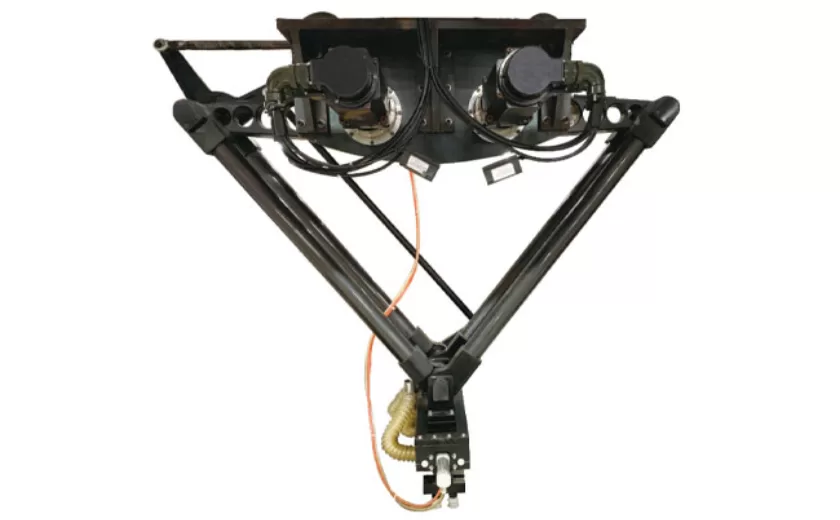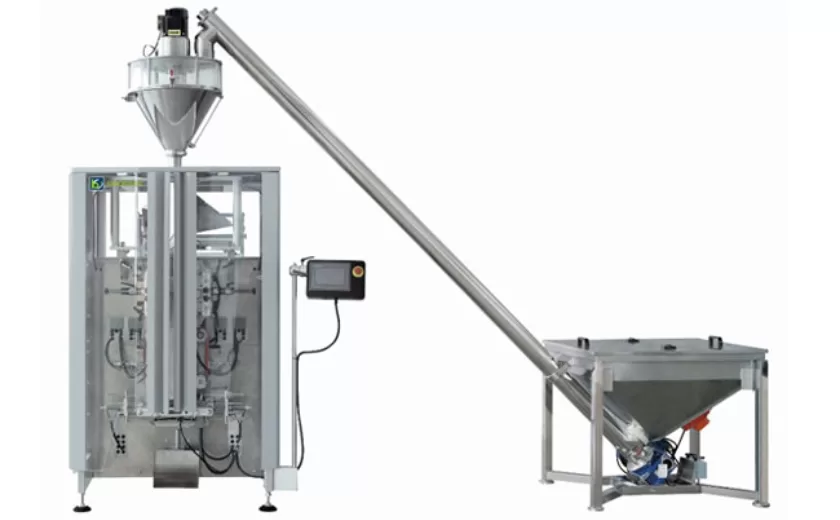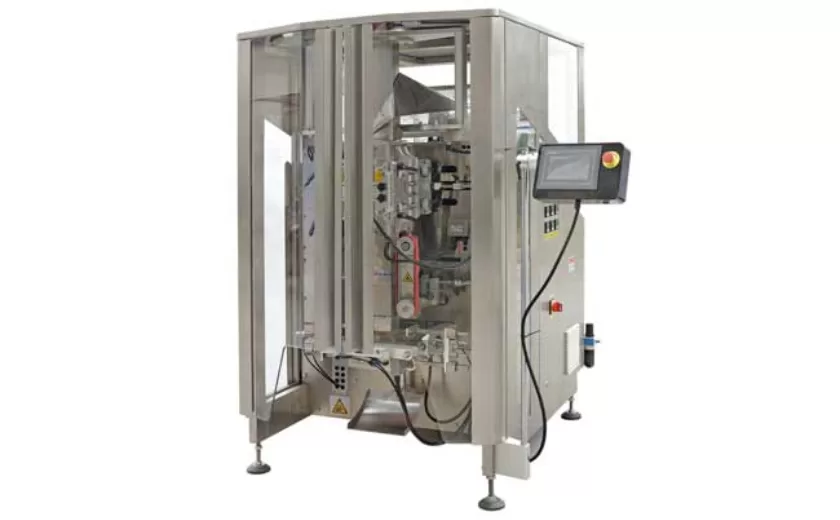Comparing Manual vs. Automated VFFS Packing Machines
In the modern packaging industry, the choice between manual and automated VFFS (Vertical Form Fill Seal) packing machines is a crucial decision that can significantly impact operational efficiency, productivity, and cost-effectiveness. This article aims to provide a comprehensive comparison between manual and automated VFFS packing machines, highlighting their advantages and disadvantages to help businesses make informed decisions.
Manual VFFS Packing Machines
Manual VFFS packing machines are operated by human workers who manually feed products into the machine, set the packaging parameters, and seal the packages. These machines are suitable for small-scale operations and products with low production volumes.
Advantages:
– Low Initial Cost: Manual VFFS packing machines are typically more affordable to purchase than automated models.
– Flexibility: Operators have complete control over the packaging process, allowing for quick adjustments to accommodate product variations or packaging requirements.
– Labor Intensive: Manual packing machines require significant labor input, which can be a potential cost and scalability limitation.
– Inconsistent Packaging Quality: Manual operation can introduce inconsistencies in packaging quality, such as uneven seals or variations in package weight.
– Limited Production Capacity: Manual packing machines have limited production capabilities and can become a bottleneck in high-volume operations.
Automated VFFS Packing Machines
Automated VFFS packing machines use advanced technology, such as programmable logic controllers (PLCs), sensors, and integrated systems to automate the entire packaging process. These machines are ideal for large-scale operations and products with high production volumes.
Advantages:
– Increased Productivity: Automated VFFS machines operate at high speeds and can handle large quantities of products, significantly increasing productivity.
– Consistent Packaging Quality: Automated systems ensure precision and consistency in packaging, resulting in uniform package weights, seals, and appearance.
– Reduced Labor Costs: Automated machines eliminate the need for manual labor, which reduces labor costs and frees up workers for other tasks.
– Scalability: Automated VFFS machines can be easily scaled up to meet increasing production demands.
– Integration with Other Systems: Automated machines can be integrated with other systems, such as conveyors, inspection systems, and labeling machines, to create a fully automated packaging line.
Disadvantages:
– Higher Initial Cost: Automated VFFS packing machines can be more expensive than manual models.
– Technical Expertise Required: Automated machines require specialized technical expertise for maintenance and troubleshooting.
– Limited Flexibility: Automated machines are designed for specific packaging requirements and may not be as flexible as manual models for product variations.
Choosing the Right Machine
The choice between manual and automated VFFS packing machines depends on several factors, including:
– Production Volume
– Product Characteristics
– Packaging Requirements
– Budget
– Labor Availability
For small-scale operations or products with low production volumes, manual VFFS packing machines may be a suitable option. However, for large-scale operations with high production demands, automated VFFS machines offer significant advantages in productivity, efficiency, and cost-effectiveness.
-
Advanced Packing Solutions: Snacks, Sugar, and Frozen Food Machines
29-10-2025 -
Efficient and Reliable Solutions for Salt, Nuts, and Frozen Dumplings Packing
29-10-2025 -
High-Performance Biscuits, Lollipop, and Ketchup Packing Machines for Modern Food Production
29-10-2025 -
Efficient Liquid Filling and Packing Machines for Modern Production
23-10-2025 -
Reliable Granule Packaging Machines for Efficient Production
23-10-2025 -
Efficient Auger Powder Filling Machines for Accurate Packaging
23-10-2025 -
High-Performance Liquid Filling and Packing Machines for Hygienic Production
10-10-2025 -
High-Efficiency Granule Packaging Machines for Precision and Speed
10-10-2025 -
High-Precision Auger Type Powder Filling Machines for Efficient Packaging
10-10-2025 -
Efficient Vertical Form Fill Seal Packaging Machines for Smart Production
10-10-2025











